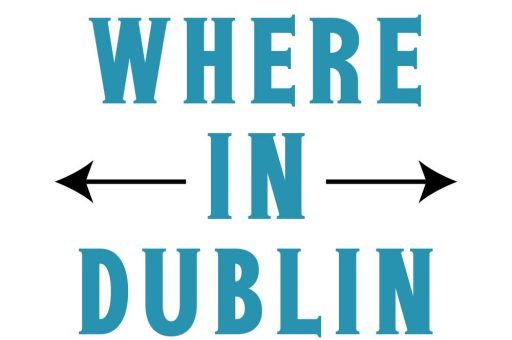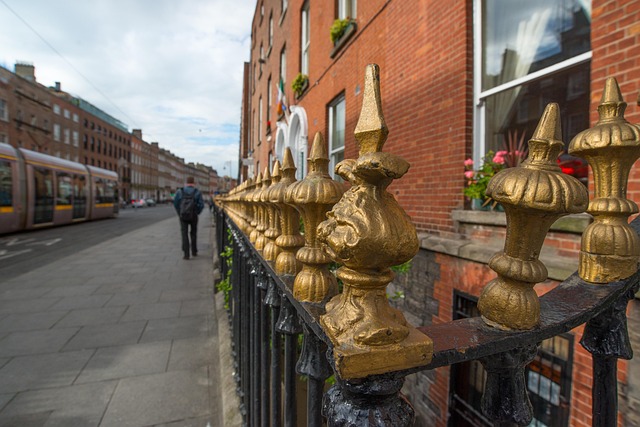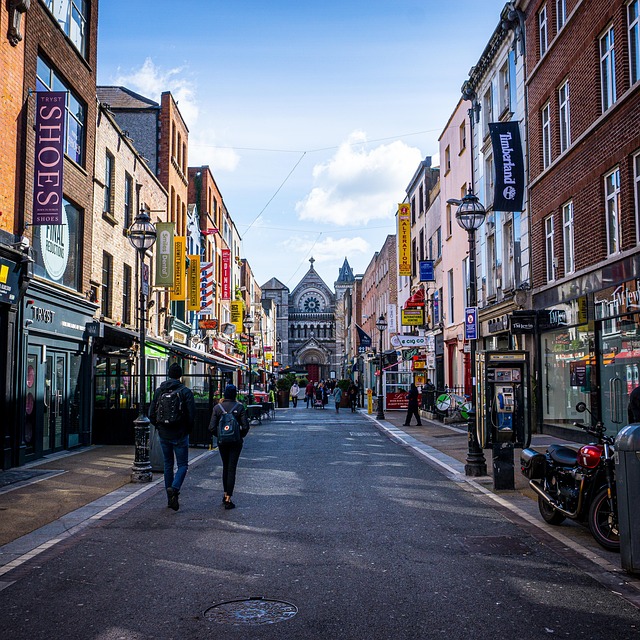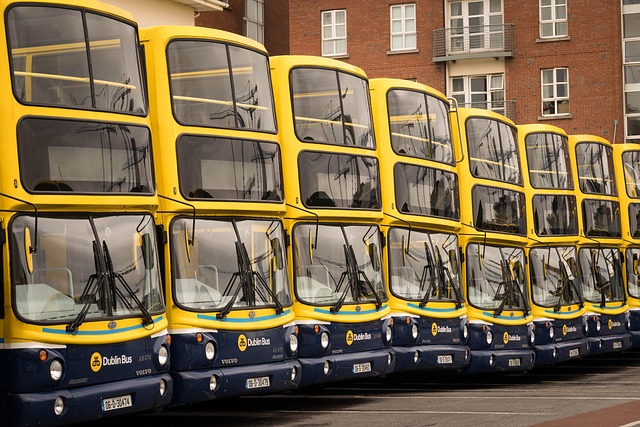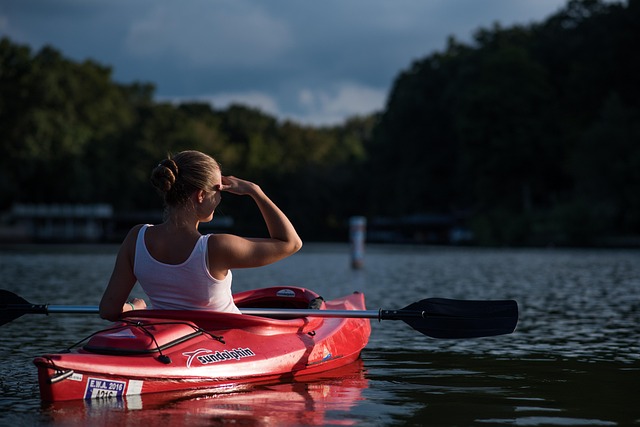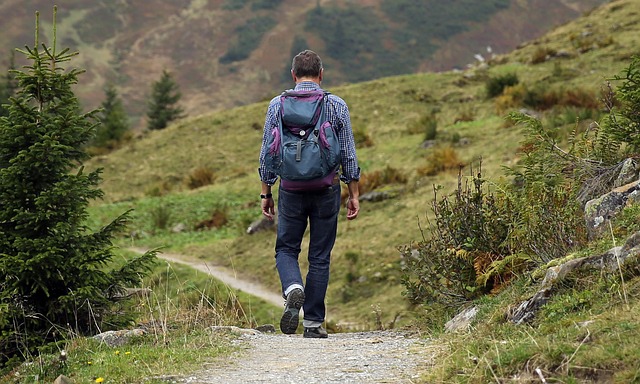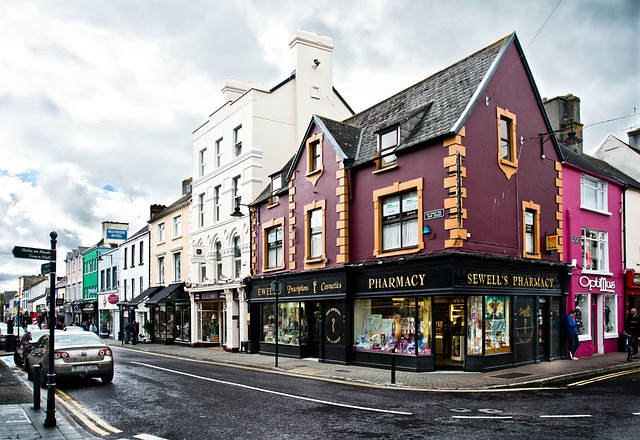
Dublin is a city full of life, history, and culture, but sometimes, you need a break from the city’s hustle and explore the beauty beyond its borders. Ireland’s charm lies not only in its capital but also in its surroundings, where lush green landscapes, historical towns, and rugged coastlines await. Planning a day trip from Dublin is perfect for travelers who want to see more of the country without committing to long multi-day journeys. From my own personal experience, the region around Dublin has some hidden gems that most tourists overlook, and a few iconic spots that no visit to Ireland is complete without. Here’s a robust guide to the best day trips from Dublin that will give a mix of history, nature, and culture.
1. Howth: A Coastal Escape
A short train ride from Dublin, Howth is a charming fishing village that feels a world away from the city. Known for its stunning cliffs, scenic walking trails, and fresh seafood, Howth is an ideal spot for nature lovers and food enthusiasts alike. You can explore the Howth Cliff Walk, which offers panoramic views of Dublin Bay and the Irish Sea. The path stretches around 6 kilometers and varies in difficulty, making it accessible for most fitness levels. Along the trail, the rugged cliffs and crashing waves provide fantastic photo opportunities.
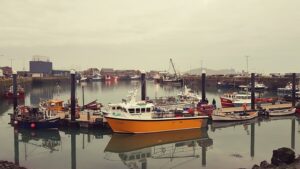
For seafood lovers, Howth Market and the harbor restaurants are a treat. Freshly caught fish and shellfish dominate the menu, and trying the local specialty, Dublin Bay prawns, is a must. Don’t miss the picturesque Howth Castle, surrounded by gardens that date back centuries. From my own personal experience, visiting Howth in the late afternoon means catching the golden light reflecting off the cliffs, creating an unforgettable view. The village also has a ferry that can take you to nearby islands if time allows, adding an adventurous twist to your day.
2. Glendalough: A Step Back in Time
If history and nature are what you’re after, Glendalough in County Wicklow is unbeatable. Located about 50 kilometers south of Dublin, this monastic site dates back to the 6th century and is nestled in a glacial valley, surrounded by mountains and lakes. Walking among the ruins of the ancient monasteries, round towers, and stone churches is like stepping back in time. The area is steeped in legend, and it’s easy to imagine monks living in harmony with the serene surroundings centuries ago.
Glendalough also offers multiple walking trails, ranging from easy strolls around the lakes to more challenging hikes up the Wicklow Mountains. Wildlife is abundant here, and spotting a deer or a fox during the quieter hours is a real treat. For anyone interested in photography, the combination of history, water, and greenery makes it a dream location. Visiting in the early morning when mist hovers over the lakes adds a magical, almost ethereal quality to the landscape.
3. Kilkenny – Medieval Marvel
For those who love medieval towns, Kilkenny is one of Ireland’s gems. About 120 kilometers from Dublin, Kilkenny is famous for its well-preserved Kilkenny Castle, cobblestone streets, and rich crafts scene. The castle itself is a must-see, with its impressive architecture and extensive gardens. Walking around the town, you’ll find colorful storefronts, artisan shops, and traditional pubs that have been serving locals and travelers for centuries.
Kilkenny is also known for its craft beer and whiskey distilleries, making it a perfect stop for food and drink enthusiasts. Be sure to check out the Smithwick’s Experience, which delves into the history of Ireland’s oldest ale. Additionally, Kilkenny has a thriving arts scene, with galleries and theaters offering exhibitions and performances year-round. Wandering the medieval streets without a strict itinerary allows for discovering hidden courtyards and local cafes that most tourists miss.
4. Wicklow Mountains National Park – Nature Lover’s Paradise
If escaping into nature is a priority, the Wicklow Mountains National Park is a day trip that cannot be missed. Stretching across counties Wicklow and Dublin, this park offers dramatic landscapes, from rolling hills and dense forests to glacial valleys and serene lakes. Popular spots include Lough Tay, also known as the Guinness Lake for its dark waters and white sandy shore, and Powerscourt Waterfall, Ireland’s highest waterfall.
Hiking is the main attraction here, with trails suitable for all levels. You can take a leisurely walk around Glendalough or challenge yourself with a longer trek up Lugnaquilla, the highest peak in the Wicklow Mountains. The area also has historical landmarks scattered throughout, including old monasteries and castles. Based on my overall experience, a day in Wicklow feels like a full immersion into Ireland’s natural beauty and offers a perfect escape from the urban bustle of Dublin.
5. Newgrange and the Boyne Valley – Ancient Mysteries
For history buffs, Newgrange in the Boyne Valley is an extraordinary site. This Neolithic passage tomb, over 5,000 years old, predates Stonehenge and the Egyptian pyramids. Visiting Newgrange provides a fascinating insight into prehistoric Ireland and the astronomical knowledge of ancient societies. The passage tomb aligns with the winter solstice sunrise, creating a magical moment for visitors lucky enough to witness it.
The Boyne Valley itself is rich in history, with the Battle of the Boyne site and numerous castles scattered across the countryside. Walking along the valley, it’s easy to see why this area has been strategically important for centuries. Guided tours are available, offering in-depth explanations of the archaeological and historical significance of the region. The sense of awe when standing inside Newgrange, knowing its age and alignment, is indescribable and makes for a truly memorable day trip.
6. How to Choose the Best Day Trip
Choosing the right day trip from Dublin depends on personal interests and energy levels. Coastal lovers might prefer Howth or Bray, while history enthusiasts should consider Kilkenny or Newgrange. Nature lovers will find the Wicklow Mountains or Glendalough perfect for exploring. Some travelers enjoy combining multiple stops, such as visiting both Glendalough and the Wicklow Mountains in a single day.
Practical considerations include transport options. Train and bus services connect Dublin to most of these destinations, though renting a car allows more flexibility and the possibility of discovering hidden spots along the way. From my own personal experience, having a car made it easier to visit less touristy areas and stop at scenic spots without worrying about schedules.
7. Bray and the Seaside Charm
Another coastal escape worth mentioning is Bray, a small town south of Dublin. Famous for its seaside promenade and cliff walk, Bray offers a relaxing day by the sea. The Bray Head Cliff Walk stretches several kilometers along the coast, offering breathtaking views of the Irish Sea. The town itself is quaint, with cafes, restaurants, and shops lining the main street. For a fun experience, try the local ice cream and enjoy a stroll along the harbor. Bray is perfect for a low-key day trip that combines fresh air, exercise, and scenic views.
8. Malahide – Castle and Gardens
Malahide is a picturesque village just north of Dublin, famous for its castle and sprawling gardens. Malahide Castle dates back to the 12th century and houses an extensive collection of artifacts and period furnishings. The gardens are equally impressive, with flower beds, lawns, and ancient trees providing a peaceful escape. A walk around the village reveals charming streets, local markets, and cozy cafes. Spending a morning in Malahide Castle and an afternoon exploring the village is a perfect blend of history and leisure.
9. Drogheda – History and Culture
Located about 50 kilometers north of Dublin, Drogheda is a town rich in history and culture. It boasts medieval walls, churches, and St. Laurence Gate, one of the best-preserved town gates in Ireland. Drogheda also offers access to the Monasterboice High Crosses, ancient Celtic crosses that date back to the early Middle Ages. These towering crosses and nearby round towers provide a glimpse into Ireland’s early Christian heritage. Based on my overall experience, Drogheda is ideal for those interested in historical sites without venturing too far from Dublin.
10. The Rock of Cashel – Iconic Landmark
Although a bit further from Dublin, The Rock of Cashel in County Tipperary is worth the journey for those willing to start early. This iconic site features medieval buildings perched atop a limestone hill, including a cathedral, round tower, and Cormac’s Chapel. The views from the top are spectacular, overlooking the surrounding countryside. Guided tours provide rich historical context, revealing the significance of Cashel in Irish history.Visiting early in the morning avoids crowds and allows for a more reflective experience at this breathtaking site.
11. Kilmacanogue – Scenic Stop in Wicklow
For travelers looking for something off the beaten path, Kilmacanogue is a small village in County Wicklow. Surrounded by the Wicklow Mountains, it offers scenic walks and local charm. While there aren’t major landmarks, the village serves as a great base for hiking or cycling in the area. Local cafes provide hearty meals, making it easy to spend a relaxed day exploring both the village and nearby natural sites. Stopping here feels like discovering a piece of Ireland that’s untouched by heavy tourism.
12. Tips for Planning a Day Trip from Dublin
Planning the perfect day trip involves more than picking a destination. Here are some essential tips to make the most of your time:
- Start Early: Most sites open around 9-10 AM. Starting early helps avoid crowds and gives more time to explore.
- Check Transportation Options: Trains, buses, and car rentals all have pros and cons. Choosing the right mode ensures a smooth day.
- Pack Essentials: Comfortable shoes, a raincoat, and snacks are must-haves. Ireland’s weather can be unpredictable.
- Research Entry Fees and Timings: Some castles and museums have specific hours or require booking. Planning ahead prevents disappointment.
- Mix Interests: Combining history, nature, and culture makes for a richer experience.
Following these tips allows each day trip to feel relaxed, adventurous, and fulfilling.
13. Conclusion – More Than Just Dublin
Dublin is undoubtedly a vibrant city, but its surroundings offer experiences that complement the urban energy perfectly. From charming coastal villages and serene mountains to ancient historical sites, there’s something for every traveler within a day’s reach. Exploring these day trips provides a deeper understanding of Ireland’s culture, history, and natural beauty, making each trip memorable. Whether it’s enjoying fresh seafood in Howth, wandering medieval streets in Kilkenny, or hiking in Wicklow, stepping outside Dublin adds richness to any travel itinerary.
Planning these day trips with a mix of spontaneity and preparation ensures a perfect balance of adventure, relaxation, and discovery. From my own personal experience, Ireland’s landscapes and towns have a way of leaving a lasting impression, making it impossible to visit just once.
